Home>Maintenance & Safety>Home Maintenance Checklists>How To Make A Trash Can Not Smell
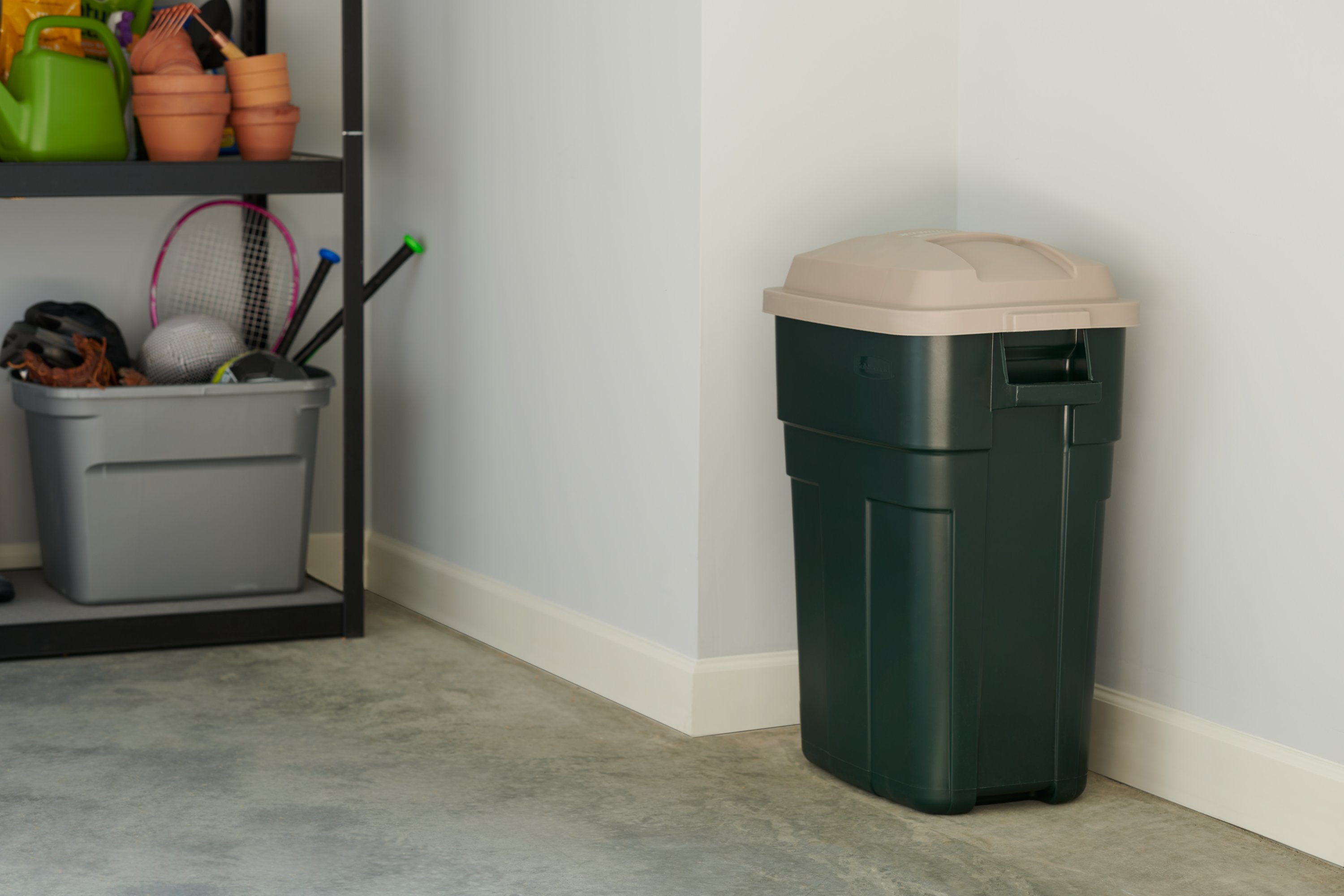

Home Maintenance Checklists
How To Make A Trash Can Not Smell
Published: January 17, 2024
Learn how to keep your home smelling fresh with these effective home maintenance checklists. Say goodbye to trash can odors for good!
(Many of the links in this article redirect to a specific reviewed product. Your purchase of these products through affiliate links helps to generate commission for Storables.com, at no extra cost. Learn more)
Introduction
Welcome to the ultimate guide on how to keep your trash can from emitting unpleasant odors. If you've ever been greeted by a foul stench upon opening your trash can, you understand the urgency of finding a solution. Fortunately, there are several effective methods to ensure that your trash can remains odor-free, allowing you to maintain a fresh and clean environment in your home.
A smelly trash can not only creates an unpleasant living space but can also attract unwanted pests and insects. By implementing the strategies outlined in this guide, you can bid farewell to noxious odors and enjoy a more pleasant and hygienic home.
In the following sections, we will explore the proper disposal of waste, regular cleaning techniques, the use of odor absorbers, deodorizing trash bags, and the importance of sealing waste properly. By incorporating these practices into your routine, you can effectively combat and prevent the unpleasant odors that often emanate from trash cans.
So, let's dive into the details and discover how to make your trash can a breath of fresh air in your home!
Key Takeaways:
- Keep your trash can smelling fresh by properly disposing of waste, regularly cleaning the can, and using odor absorbers. These simple steps can make a big difference in maintaining a pleasant home environment.
- Sealing waste properly and using deodorizing trash bags are key to preventing odors from escaping. By following these tips, you can say goodbye to smelly trash cans and enjoy a cleaner home.
Read more: How To Make A Trash Can
Proper Disposal of Waste
Effective odor control begins with the proper disposal of waste. When discarding organic matter such as food scraps, it is crucial to ensure that they are securely contained within a sealed bag. This not only prevents leakage but also inhibits the decomposition process that leads to foul odors.
Separating organic waste from other trash items can also help mitigate odors. Consider using designated compostable bags for organic waste, which are designed to contain odors and minimize the risk of leakage. By segregating organic materials, you can prevent the spread of unpleasant smells throughout your trash can.
Furthermore, promptly disposing of waste that is prone to rapid decomposition, such as seafood or meat scraps, can significantly reduce the likelihood of odors developing. Ensuring that these items are securely wrapped and promptly removed from your home can make a notable difference in preventing foul odors from permeating your trash can.
Additionally, being mindful of the types of waste you discard can contribute to odor control. Avoiding the disposal of liquids directly into the trash can can prevent the accumulation of odorous residues. By emptying beverage containers and other liquid waste into the appropriate drainage system before disposal, you can minimize the risk of liquid-related odors.
By implementing these practices, you can lay a solid foundation for odor control by addressing the root cause of foul smells. Proper waste disposal not only promotes a fresher environment but also reduces the likelihood of attracting pests and insects drawn to odorous waste.
Regular Cleaning
Consistent cleaning is essential for preventing odors from lingering in your trash can. A simple yet effective practice is to regularly rinse the interior of your trash can with a mixture of mild soap and water. This helps remove residual odors and prevents the buildup of bacteria and mold, which can contribute to unpleasant smells.
After cleaning, ensure that the trash can is thoroughly dried before replacing the liner or adding new waste. Damp environments can foster the growth of odor-causing bacteria, so allowing the interior of the trash can to air dry can help maintain a fresher environment.
Another valuable cleaning tip is to periodically sanitize your trash can using a solution of water and white vinegar or a specialized disinfectant. This not only eliminates existing odors but also serves as a proactive measure to inhibit the development of new odors.
In addition to cleaning the interior of the trash can, it is important to pay attention to the exterior surfaces. Wiping down the exterior with a disinfectant or a cleaning solution can prevent the accumulation of dirt and grime, which can contribute to lingering odors.
Furthermore, consider the location of your trash can. If possible, position it in a well-ventilated area to facilitate air circulation, which can help dissipate odors more effectively. Adequate ventilation can also inhibit the buildup of moisture, which can exacerbate odor issues.
By incorporating regular cleaning into your household routine, you can proactively combat odors and maintain a clean and hygienic environment. Consistent cleaning not only prevents the accumulation of odors but also contributes to the overall freshness of your living space.
Use of Odor Absorbers
Odor absorbers are invaluable tools for combating persistent odors emanating from trash cans. There are various types of odor absorbers available, each offering unique benefits in neutralizing and eliminating unwanted smells.
Baking soda, a household staple renowned for its odor-absorbing properties, is a cost-effective and natural solution for mitigating trash can odors. By sprinkling a layer of baking soda at the bottom of the trash can or directly into the trash bag, you can effectively neutralize odors and inhibit their recurrence.
Activated charcoal is another powerful odor absorber that can be utilized to combat trash can odors. Available in various forms, such as sachets or granules, activated charcoal effectively traps and neutralizes odorous compounds, contributing to a fresher and more pleasant environment.
Additionally, commercially available odor-absorbing products, such as gel-based or aerosol sprays, offer convenient and targeted solutions for neutralizing trash can odors. These products are specifically formulated to eliminate odors at their source, providing a quick and effective means of freshening the air in and around the trash can.
Furthermore, natural odor absorbers, such as citrus peels or coffee grounds, can be strategically placed in the trash can to impart a fresh and pleasant aroma while simultaneously absorbing odors. These eco-friendly alternatives offer a dual benefit of odor control and natural fragrance enhancement.
By incorporating odor absorbers into your trash can maintenance routine, you can effectively neutralize and prevent the recurrence of unpleasant odors. Whether utilizing traditional household items like baking soda and activated charcoal or opting for specialized odor-absorbing products, the strategic use of odor absorbers can significantly enhance the freshness of your trash can and surrounding area.
Regularly clean your trash can with a mixture of water and vinegar to eliminate odors. Sprinkle baking soda in the bottom of the can to absorb smells. Keep the lid closed to contain odors.
Deodorizing Trash Bags
Deodorizing trash bags offer a proactive solution for preventing odors from permeating the trash can and lingering in your home. These specialized bags are designed to contain and neutralize odors, providing an additional layer of defense against unpleasant smells.
One popular type of deodorizing trash bag features integrated odor-neutralizing technology, such as activated charcoal or other proprietary odor-absorbing materials. These bags effectively trap and neutralize odors at the source, preventing them from permeating the surrounding environment.
Another approach to deodorizing trash bags involves the use of scented liners, which impart a fresh and pleasant fragrance to the contents of the trash can. These scented liners not only mask existing odors but also contribute to a more inviting and fragrant trash can environment.
Furthermore, utilizing trash bags with enhanced leak protection can prevent the seepage of odorous liquids, which can contribute to persistent odors in the trash can. Leak-resistant trash bags help contain moisture and prevent it from accumulating at the bottom of the trash can, thereby reducing the risk of foul odors developing.
In addition to selecting deodorizing trash bags, incorporating a routine of replacing the bags at regular intervals is essential for maintaining odor control. Promptly replacing the trash bag when it nears full capacity prevents the accumulation of odors and ensures a consistently fresh and clean trash can environment.
By incorporating deodorizing trash bags into your waste management practices, you can proactively mitigate odors and maintain a more pleasant living space. Whether utilizing odor-neutralizing technology or scented liners, these specialized bags offer an effective and convenient solution for combating trash can odors.
Read more: How To Make A Cabinet Into A Trash Can
Sealing Waste Properly
Properly sealing waste is a fundamental practice that plays a crucial role in preventing the escape of odors from your trash can. By securely containing waste within a well-sealed bag, you can effectively inhibit the dissemination of unpleasant odors and maintain a fresher environment.
When disposing of waste, ensure that the trash bag is securely tied to prevent the escape of odors. Double-knotting the bag can provide added assurance that odors remain contained, reducing the likelihood of unpleasant smells permeating the surrounding area.
For particularly odorous items, such as food waste or pet waste, consider utilizing specialized waste containment solutions, such as sealable plastic bags or containers with tight-fitting lids. These dedicated waste containment options provide an additional barrier against odors, minimizing their impact on the surrounding environment.
Furthermore, being mindful of the condition of the trash bag itself is essential for effective odor control. Avoid overfilling the trash bag, as this can strain the bag and increase the risk of tears or leaks, which may lead to the escape of odors. Additionally, promptly replacing a full trash bag with a new, securely tied bag is essential for preventing the buildup of odors.
When discarding particularly pungent items, consider double-bagging to provide an extra layer of odor containment. This practice can be especially beneficial for items that are prone to leakage or rapid decomposition, such as food scraps or soiled materials.
By conscientiously sealing waste and employing secure containment practices, you can effectively minimize the escape of odors from your trash can and maintain a fresher and more hygienic living environment. Proper waste sealing not only prevents the spread of unpleasant odors but also contributes to a more pleasant and inviting home environment.
Conclusion
Effectively managing and preventing odors emanating from your trash can is essential for maintaining a fresh and hygienic home environment. By implementing the strategies outlined in this guide, you can proactively combat and prevent the development of unpleasant odors, ensuring that your trash can remains a source of cleanliness rather than unwelcome smells.
From the proper disposal of waste to the use of odor absorbers, each strategy plays a vital role in odor control and contributes to a more pleasant living space. By segregating organic waste, utilizing deodorizing trash bags, and consistently cleaning and sanitizing your trash can, you can effectively mitigate the risk of odors permeating your home.
Furthermore, the strategic use of odor absorbers and the conscientious sealing of waste provide additional layers of defense against persistent odors, helping to maintain a consistently fresh and inviting environment.
By incorporating these practices into your household routine, you can enjoy the benefits of a clean and odor-free trash can, reducing the likelihood of attracting pests and insects while fostering a more pleasant living environment for you and your family.
Remember, consistent maintenance and proactive odor control measures are key to ensuring that your trash can remains a breath of fresh air in your home. By following these guidelines, you can bid farewell to foul odors and embrace a cleaner, more inviting living space.
With these strategies at your disposal, you can confidently tackle trash can odors and enjoy the benefits of a fresher, more hygienic home environment.
Frequently Asked Questions about How To Make A Trash Can Not Smell
Was this page helpful?
At Storables.com, we guarantee accurate and reliable information. Our content, validated by Expert Board Contributors, is crafted following stringent Editorial Policies. We're committed to providing you with well-researched, expert-backed insights for all your informational needs.
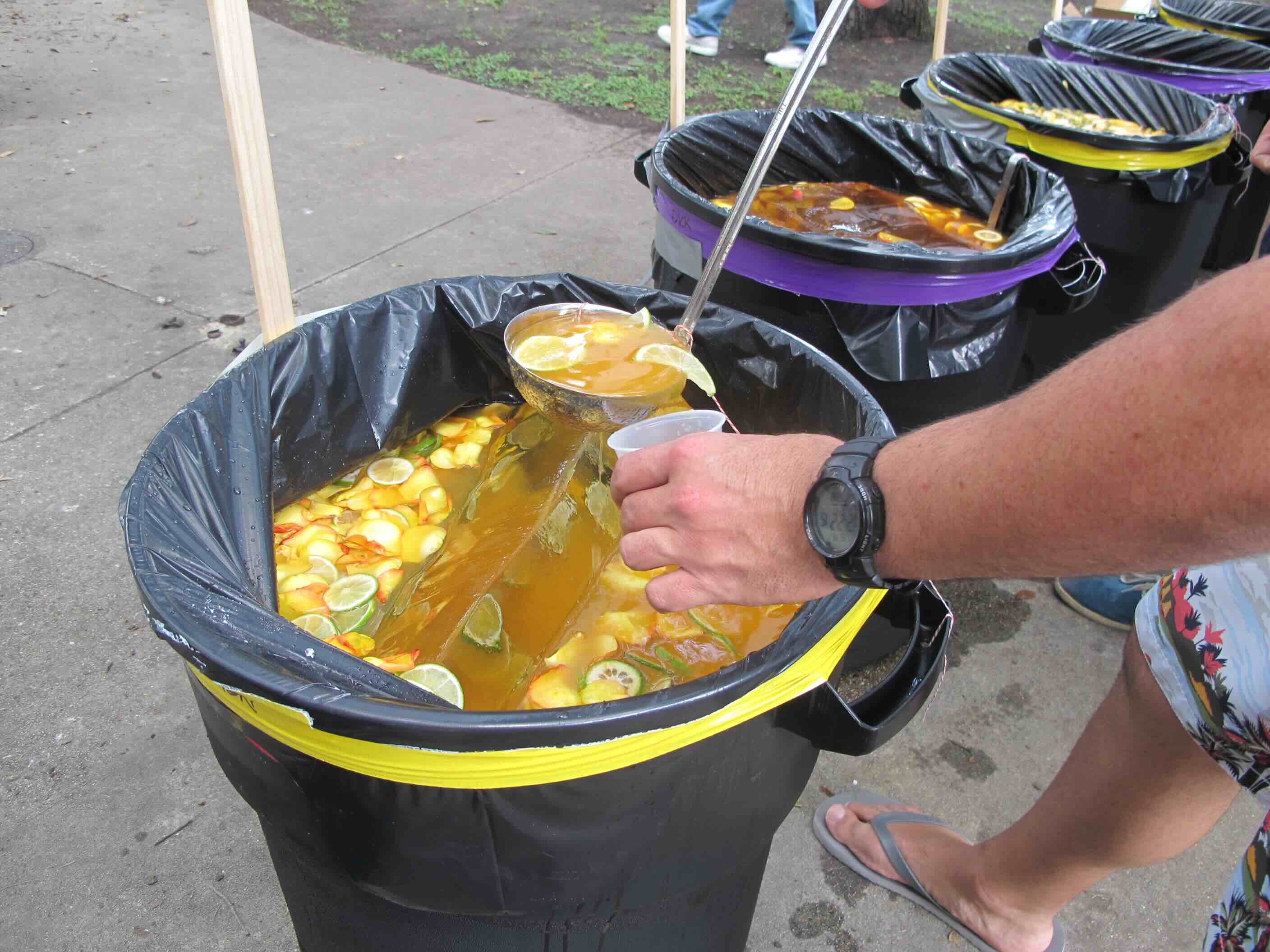
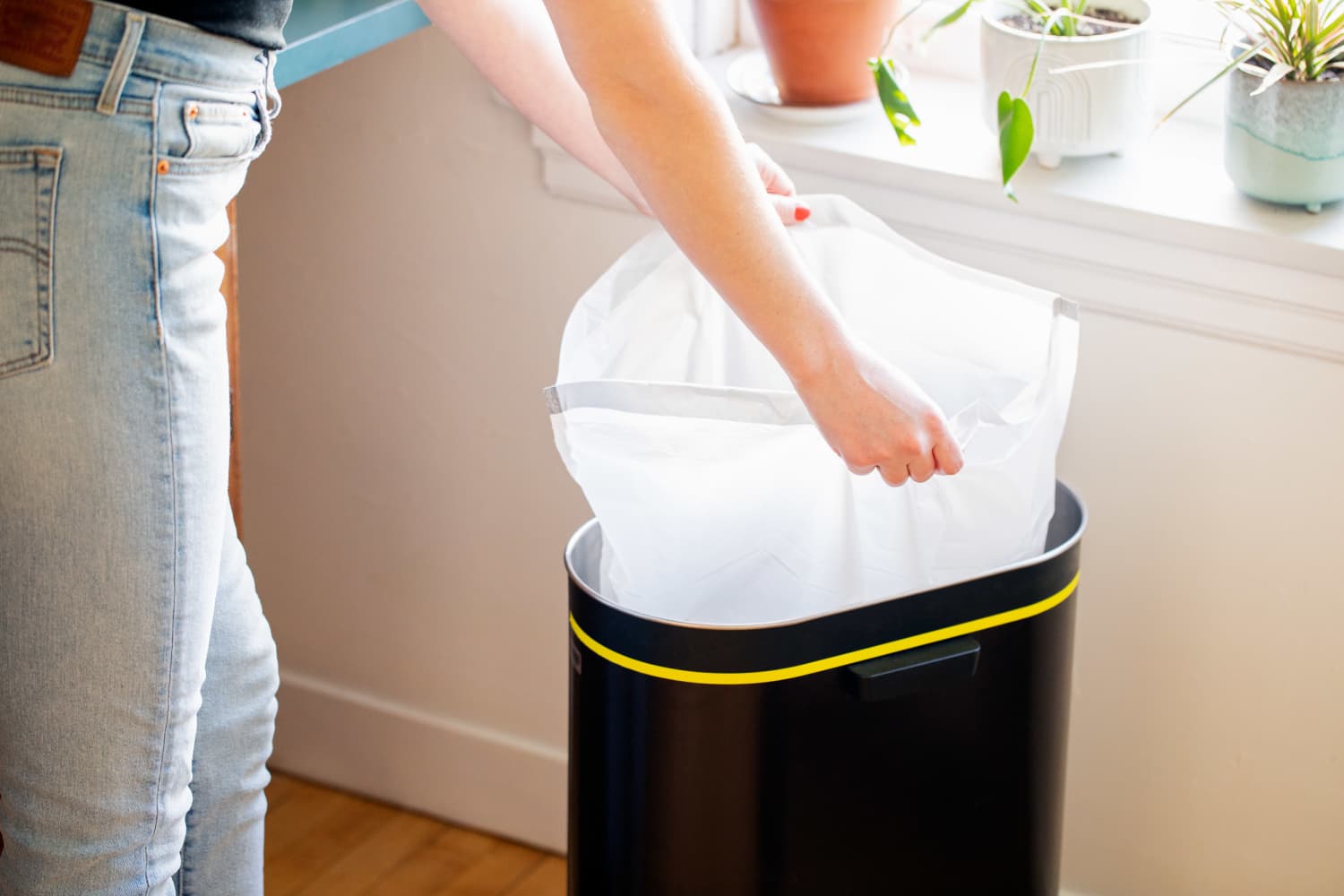
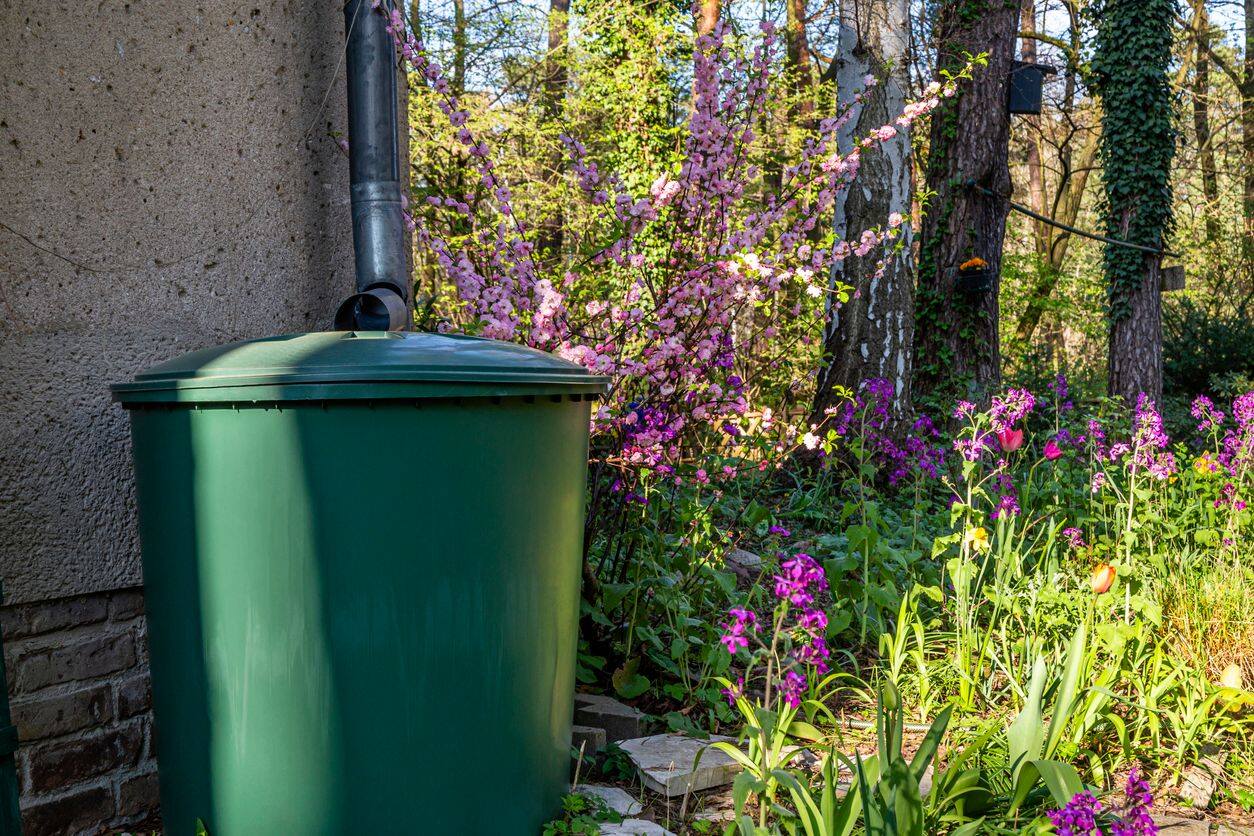
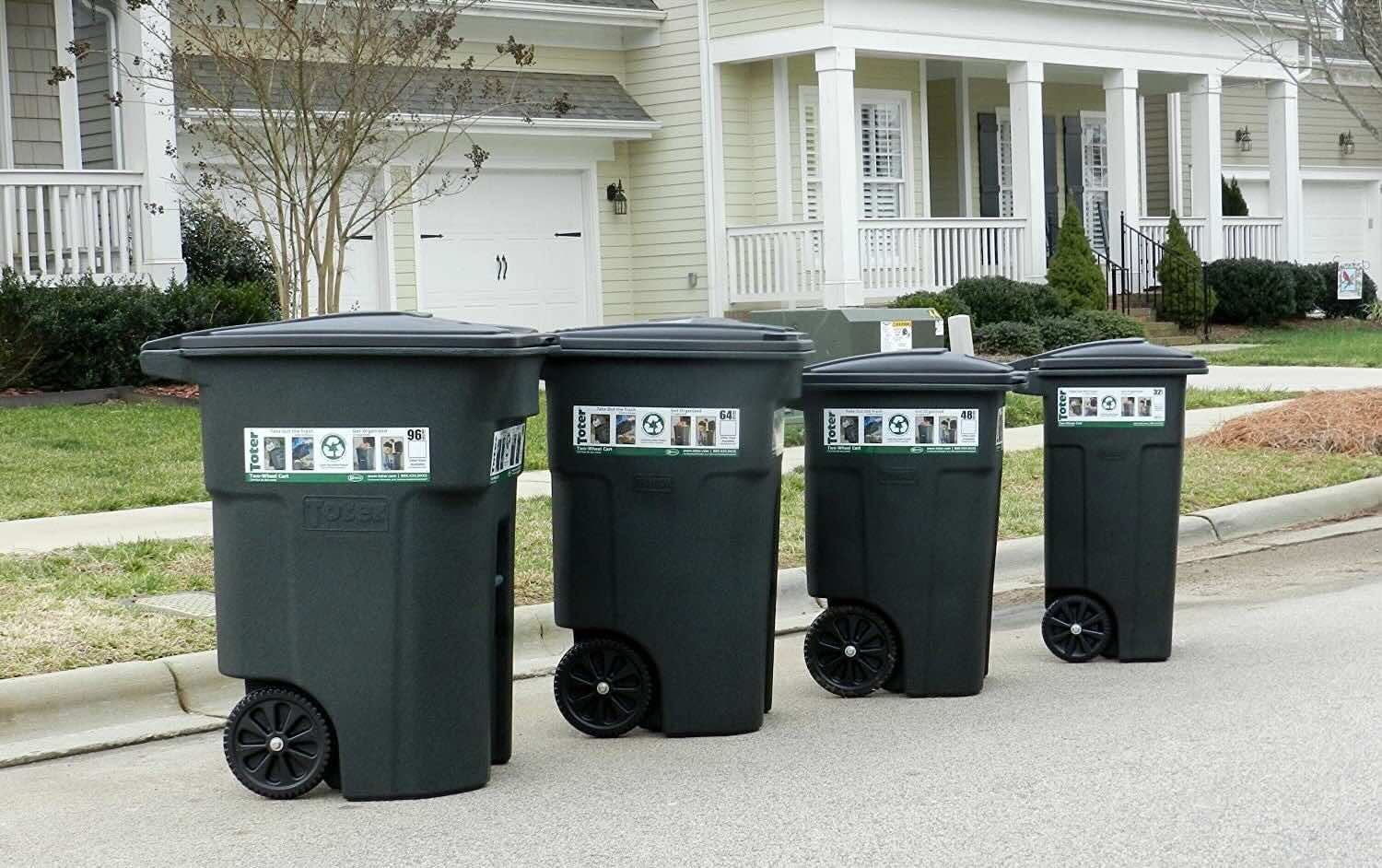
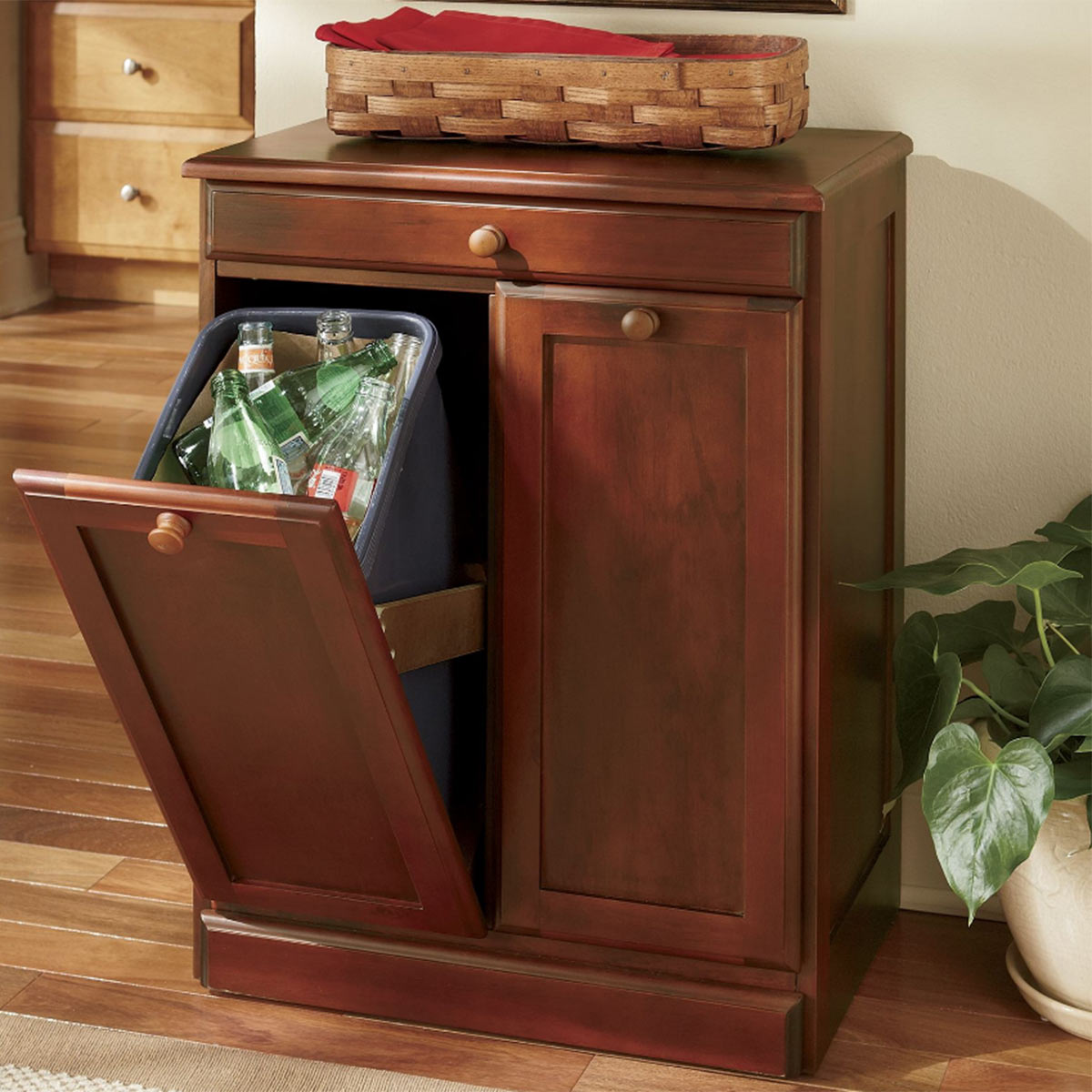
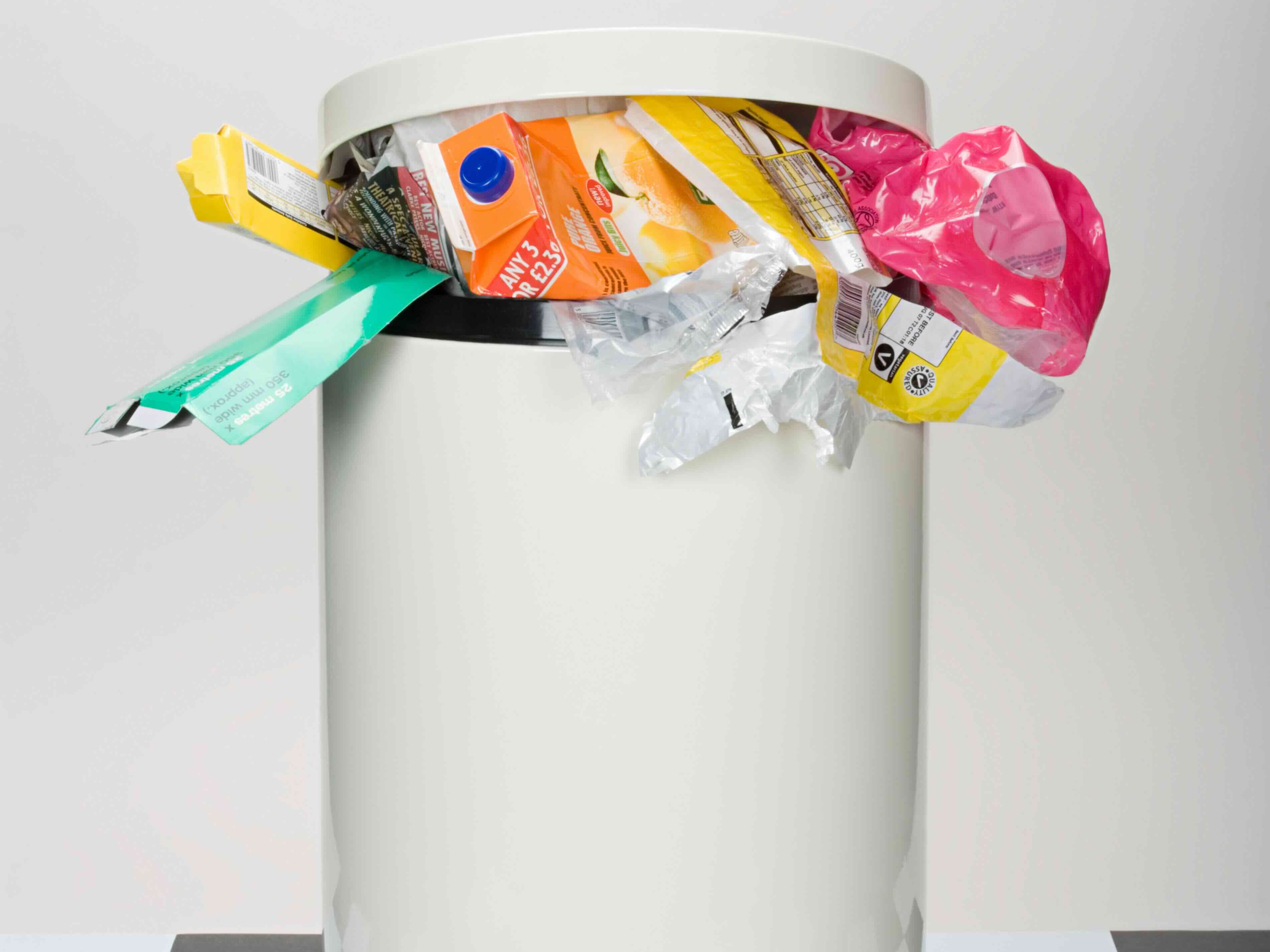
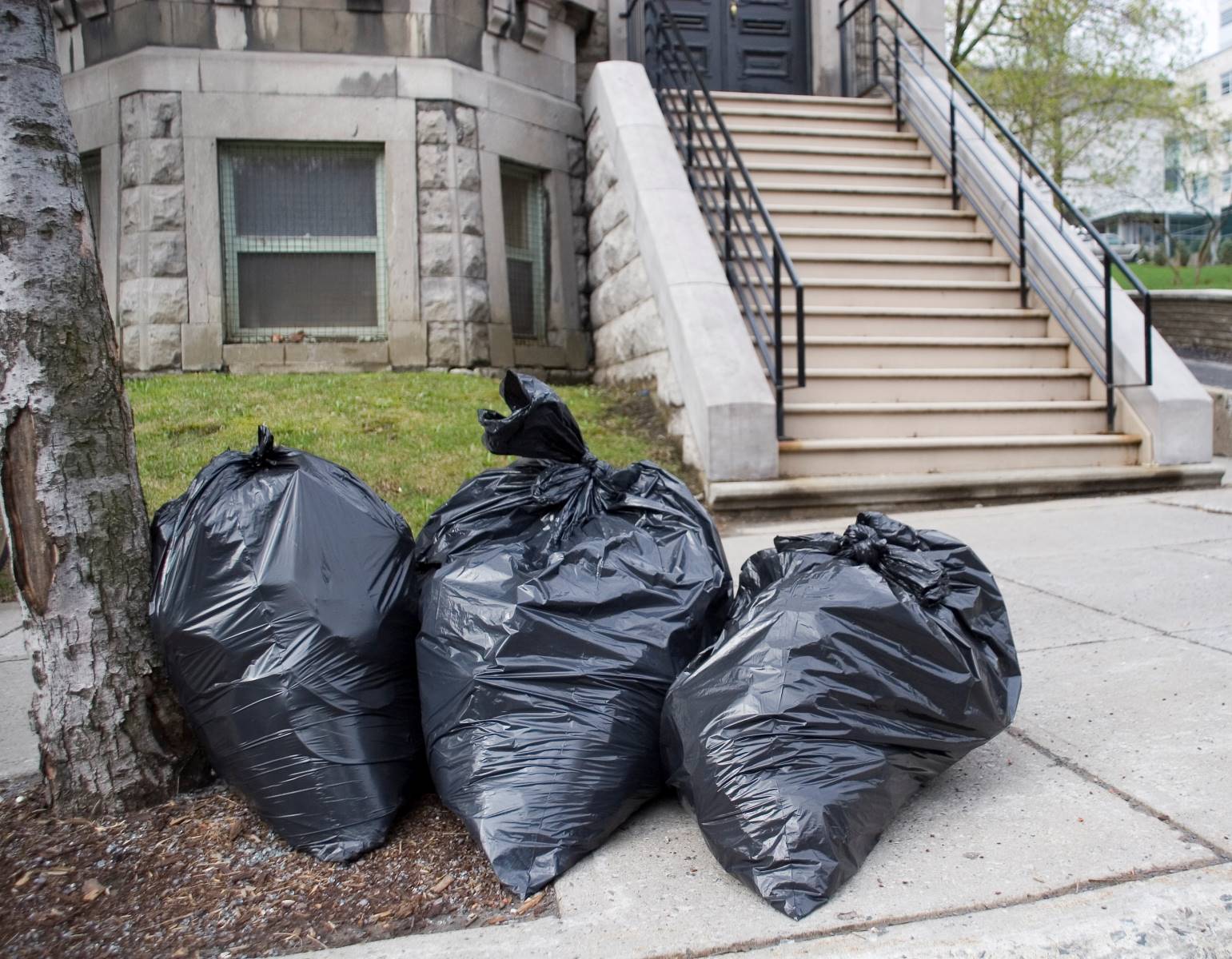
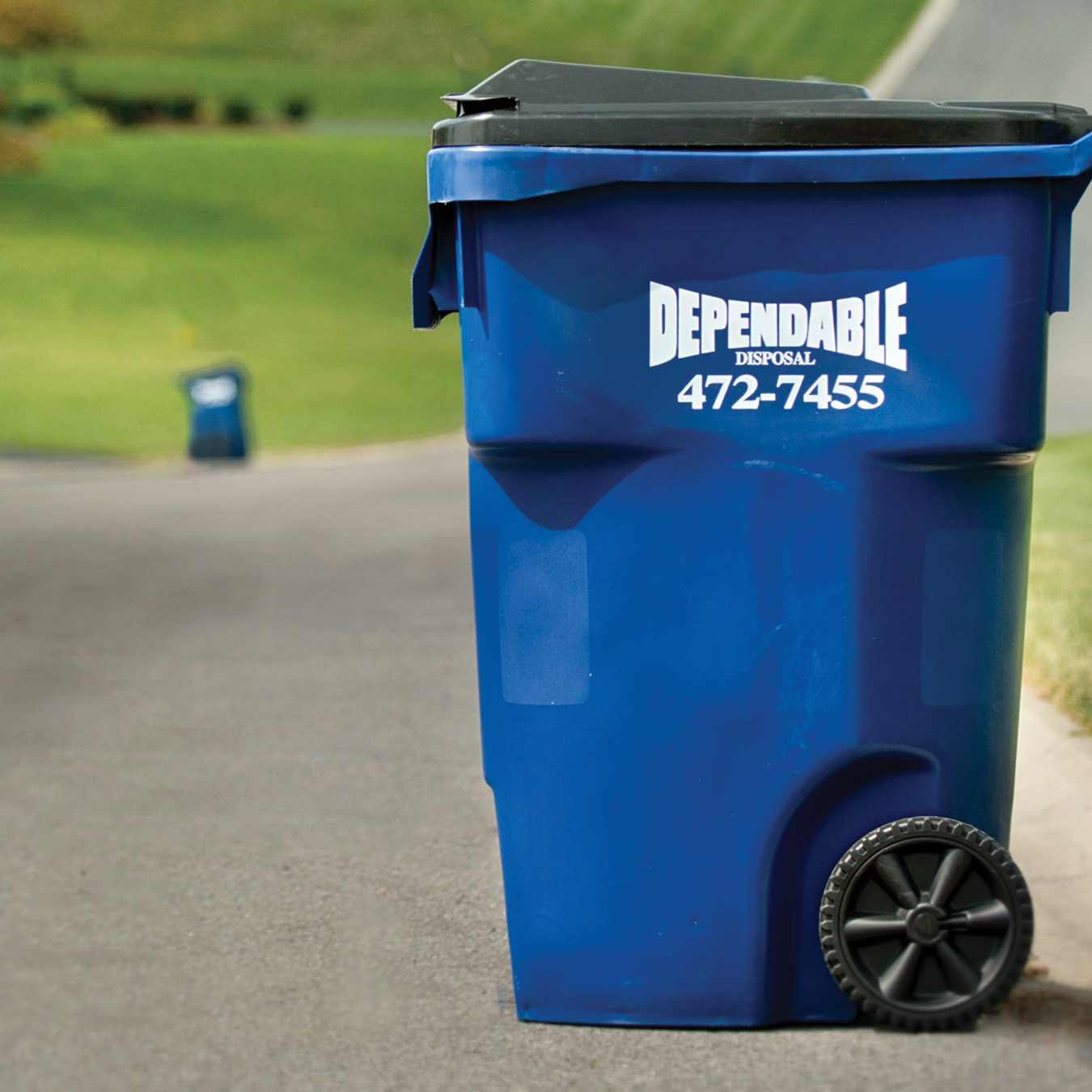
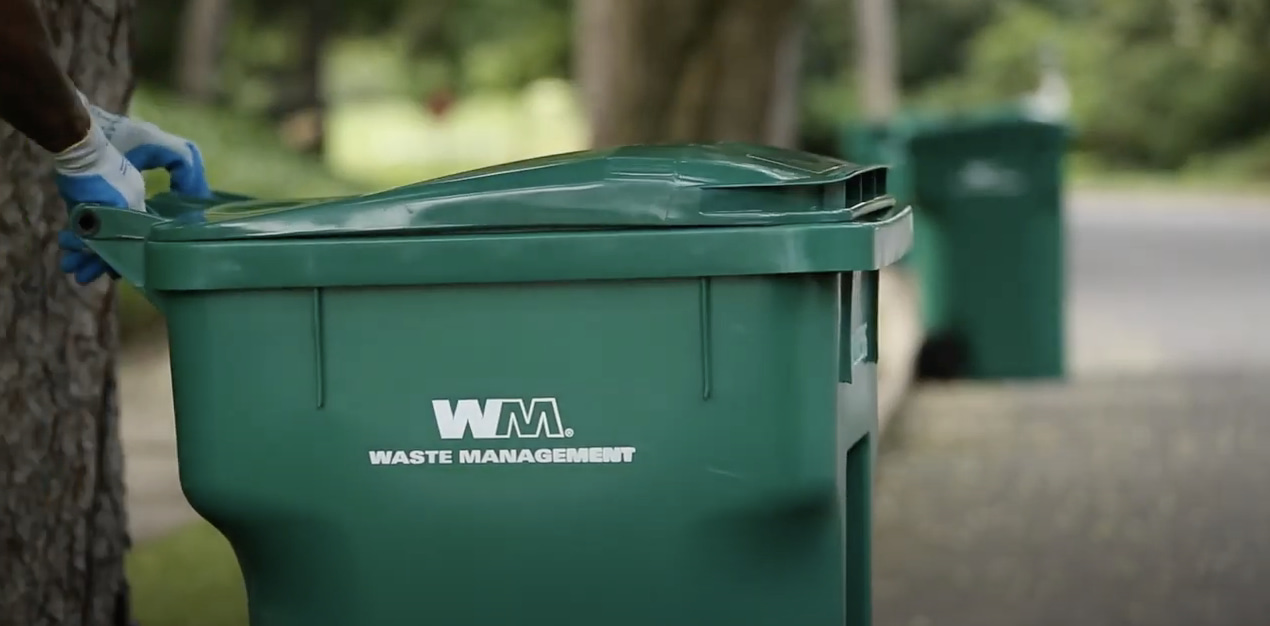
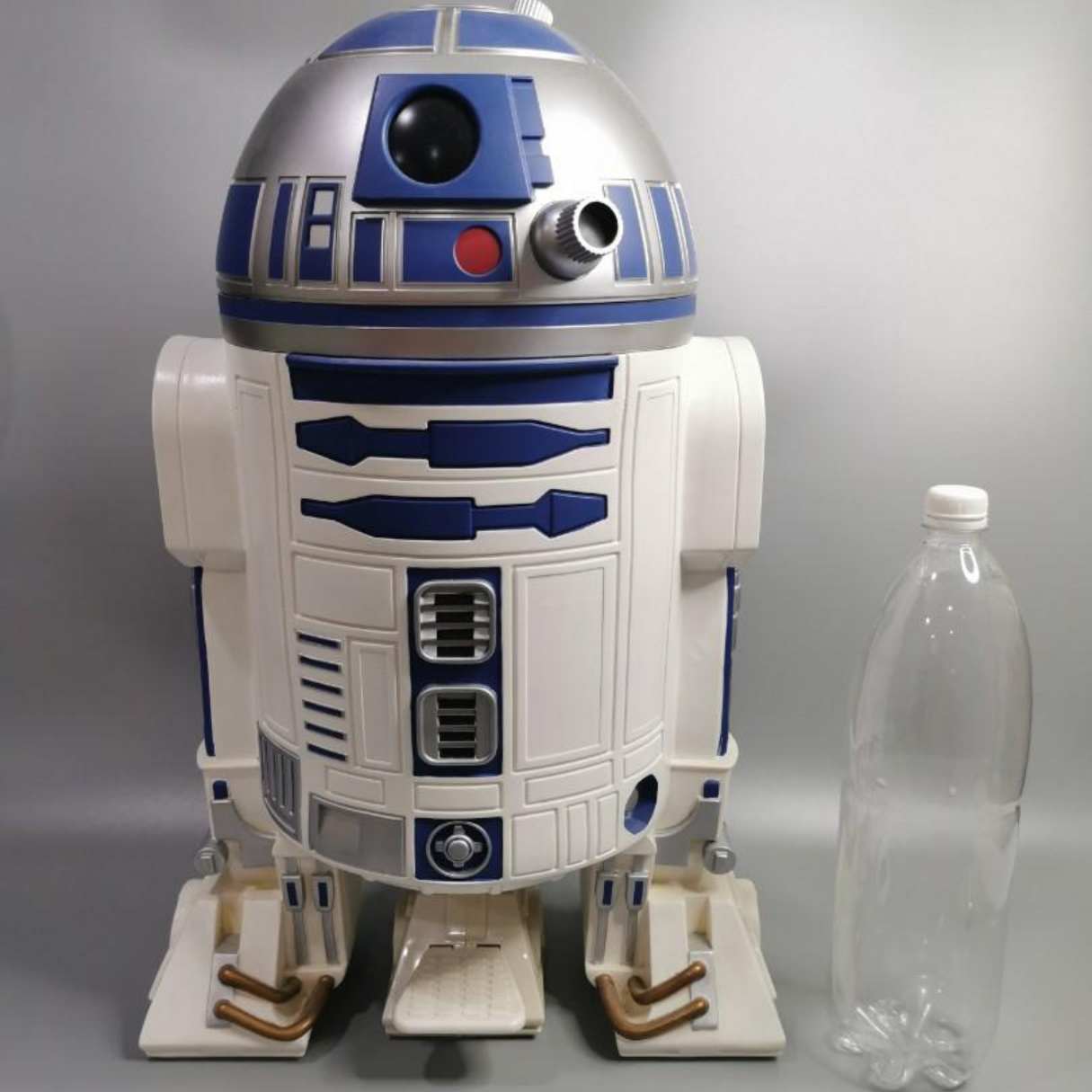
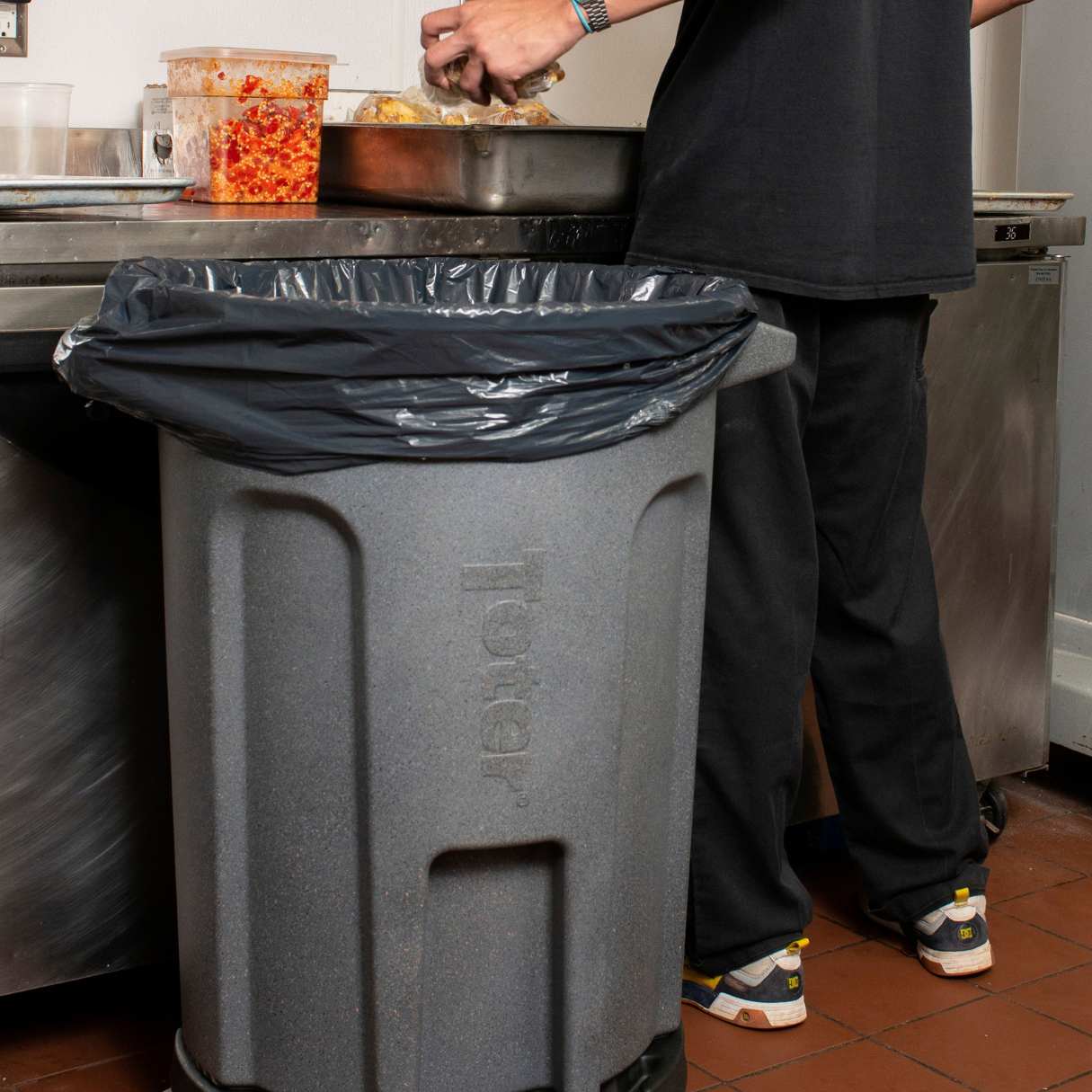
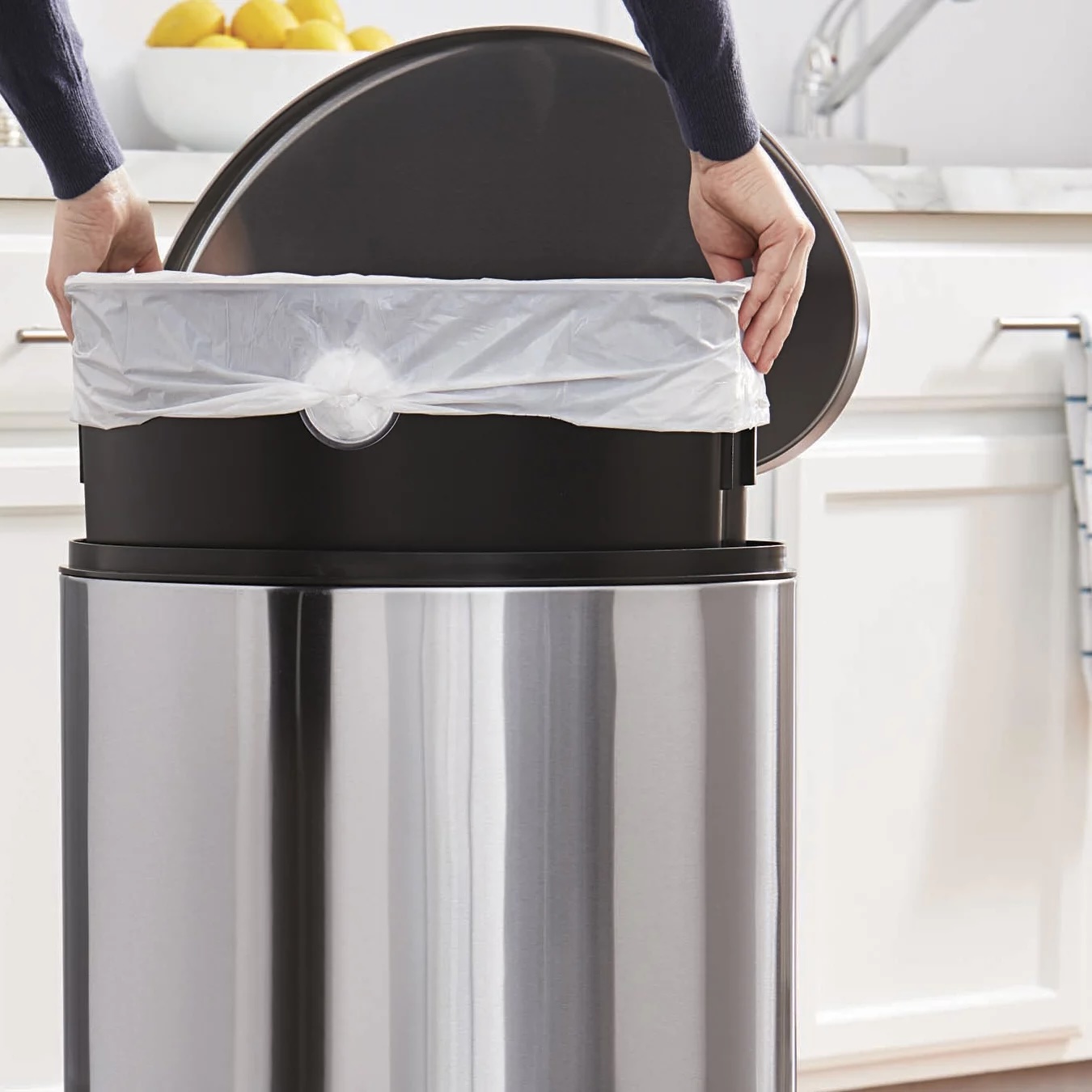
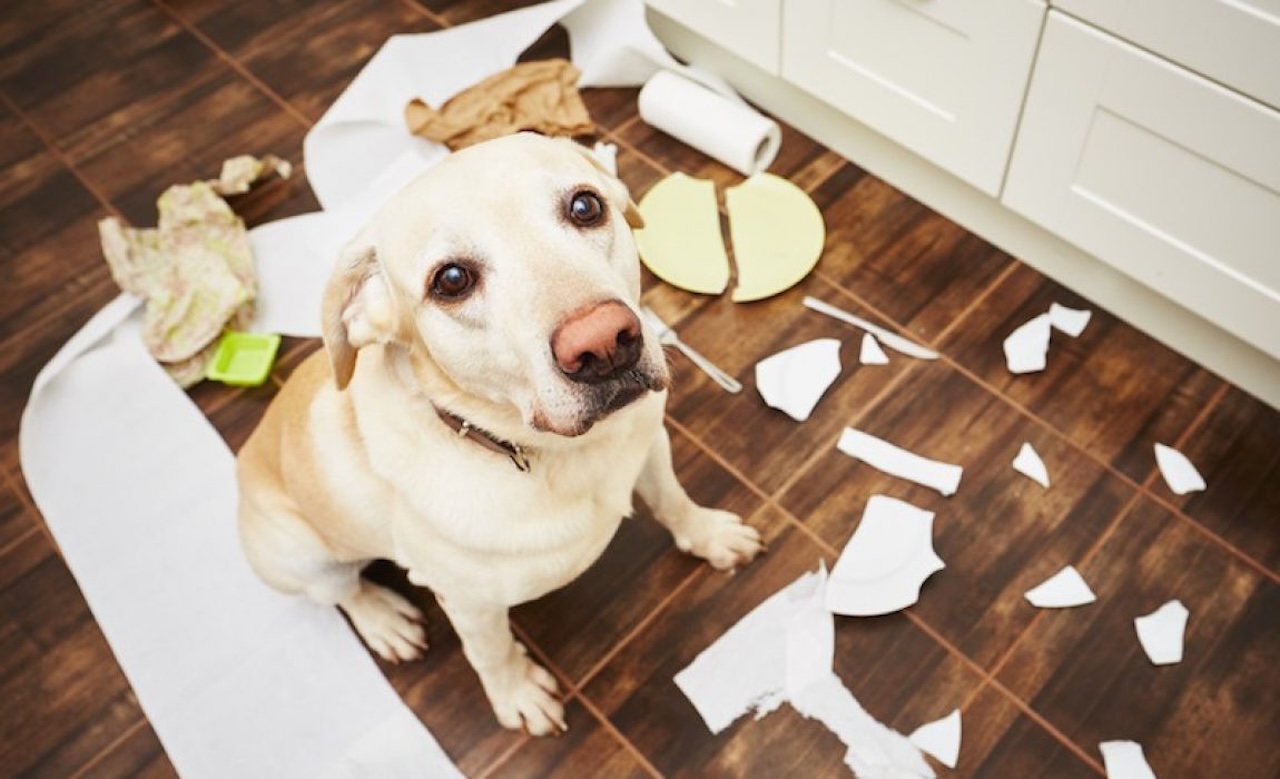
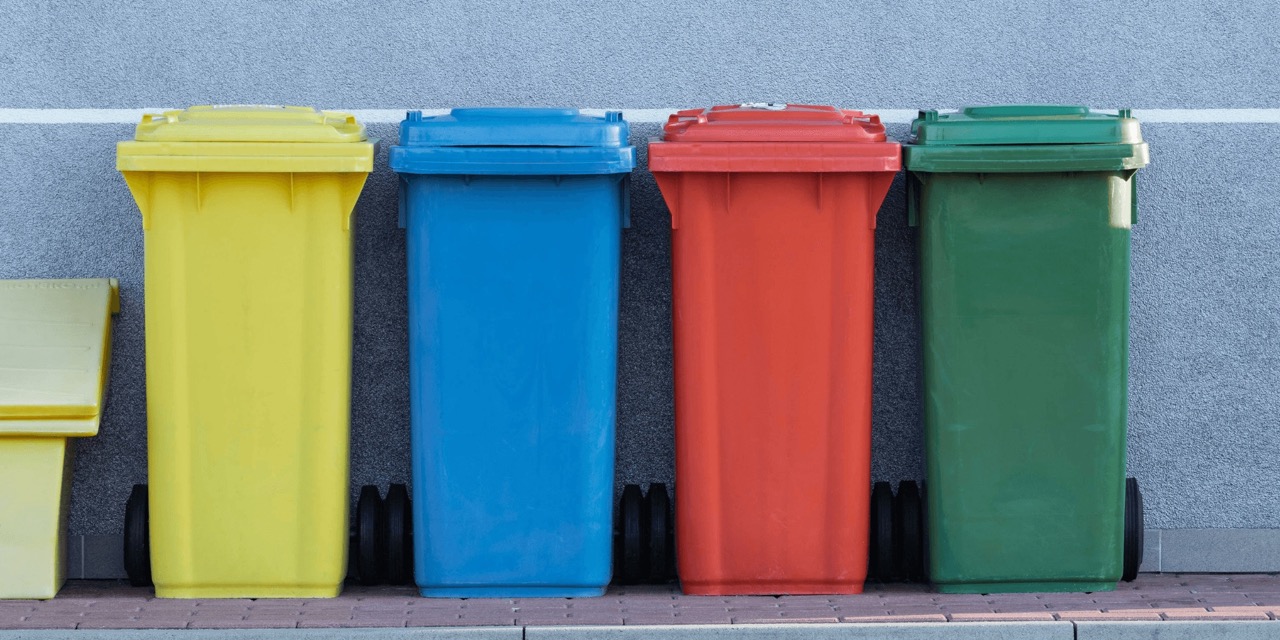

0 thoughts on “How To Make A Trash Can Not Smell”